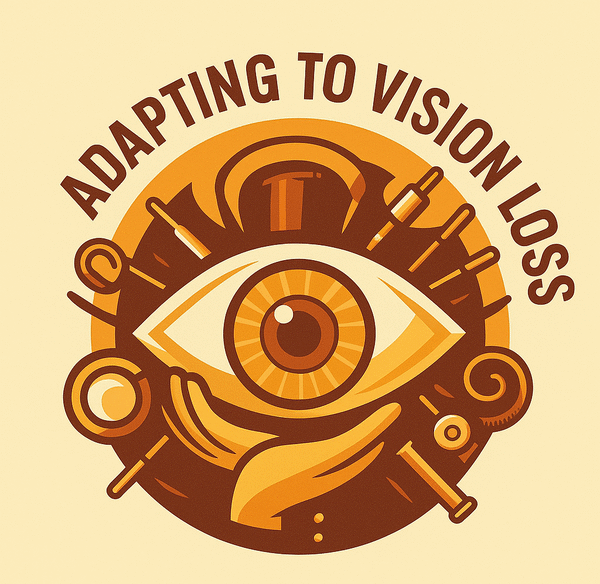A Guide for Visually Impaired Homeowners
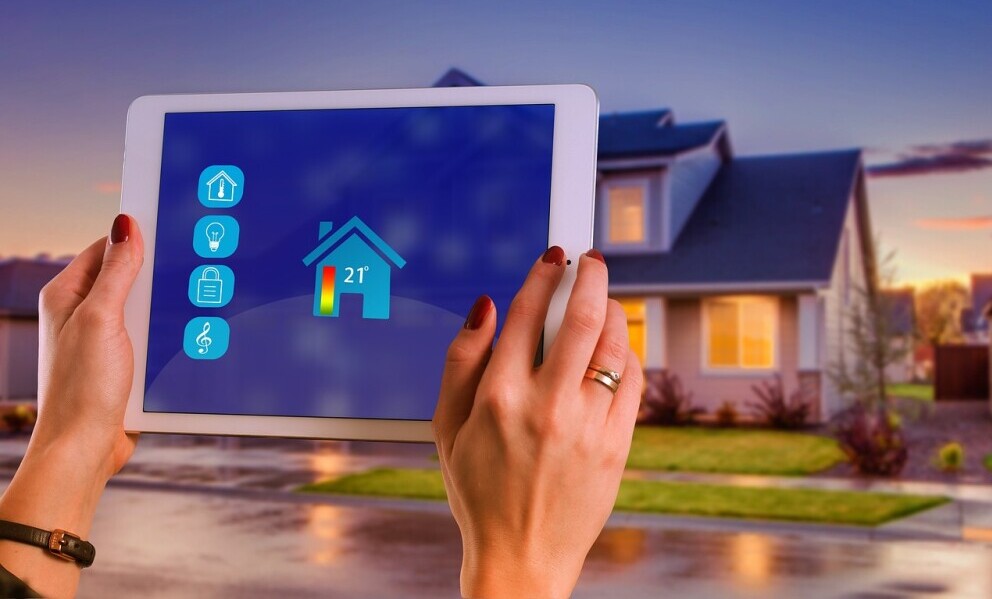
As someone who is visually impaired, I’ve found that integrating smart home technology into my daily life isn’t just about convenience—it’s about independence, safety, and sustainability. Eco-friendly smart home solutions are an excellent way to save energy, reduce utility bills, and contribute to a healthier planet. For visually impaired homeowners, these technologies also add accessibility and simplicity to everyday routines.
In this article, I’ll share eco-friendly smart home ideas that not only help save energy but also enhance the quality of life for those of us with visual impairments.
Why Go Eco-Friendly with Smart Home Tech?
Creating a smart home with an eco-friendly focus offers several benefits:
- Energy Efficiency: Reduces unnecessary energy consumption, lowering your utility bills.
- Accessibility: Voice-activated and automated systems make managing your home easier, especially for those with visual impairments.
- Sustainability: Helps reduce your carbon footprint, contributing to a greener planet.
- Convenience: Many smart home solutions allow you to manage everything from lighting to appliances with a simple command or schedule.
Smart Solutions for Energy Efficiency
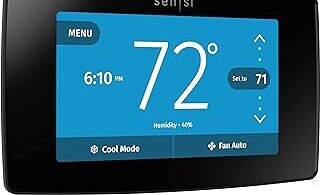
1. Smart Thermostats
Devices like the Nest Learning Thermostat or Ecobee Smart Thermostat optimize your home’s heating and cooling systems.
- Why It’s Great for the Visually Impaired: These thermostats can be controlled with voice commands or set to learn your schedule and adjust automatically. No more fiddling with tiny dials or buttons.
- Energy-Saving Tip: Program the thermostat to lower the temperature at night or when you’re not home to reduce energy waste.

2. Smart Lighting
Smart bulbs and switches, such as Philips Hue or LIFX, allow you to control lighting with voice commands, schedules, or motion sensors.
- Why It’s Great for the Visually Impaired: Voice activation makes it easy to adjust brightness or turn lights on and off. Motion-activated lights can guide you safely through dark spaces.
- Energy-Saving Tip: Use schedules or motion sensors to ensure lights are only on when needed. LED bulbs in smart systems also consume less power than traditional ones.
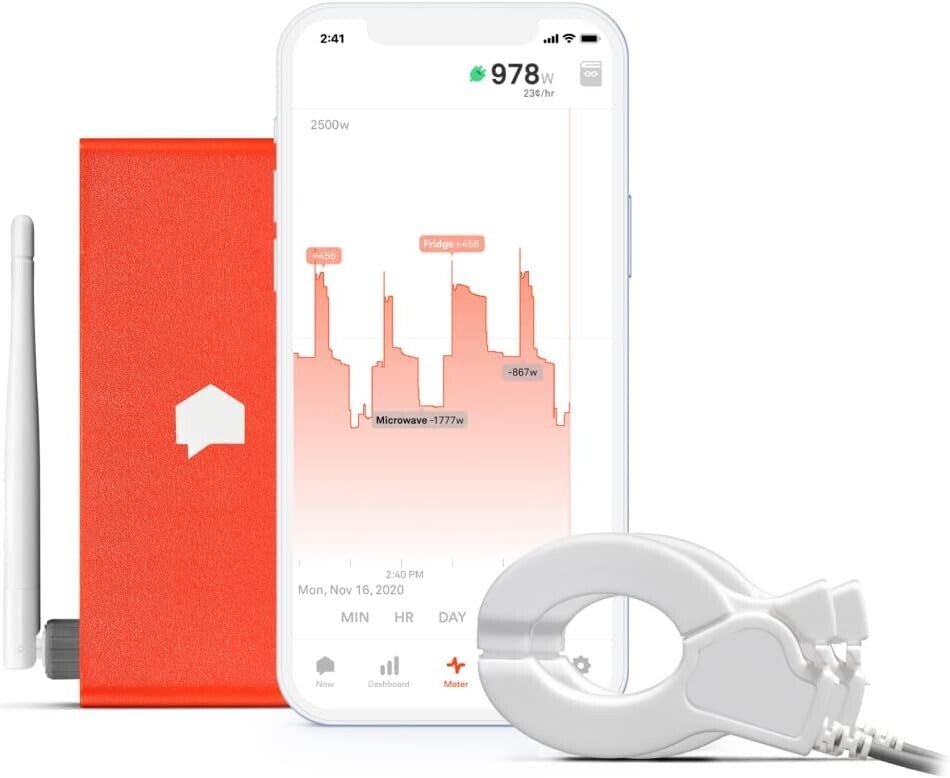
3 . Energy Monitoring Devices
Smart plugs and energy monitors like Sense or Emporia Vue help track your energy usage.
- Why It’s Great for the Visually Impaired: Receive audible reports or smartphone alerts on energy consumption, making it easier to identify wasteful habits.
- Energy-Saving Tip: Identify and unplug appliances or devices that consume power even in standby mode.
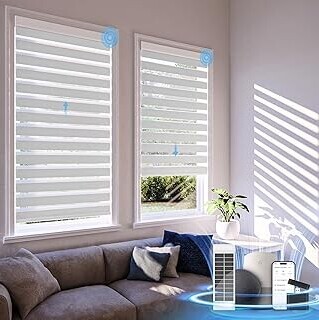
4. Automated Window Treatments
Smart blinds or curtains can adjust automatically based on sunlight, temperature, or schedules.
- Why It’s Great for the Visually Impaired: Control these with voice commands or let them operate autonomously to regulate indoor temperatures naturally.
- Energy-Saving Tip: Use smart window treatments to block out heat during summer and retain warmth in winter, reducing HVAC usage.
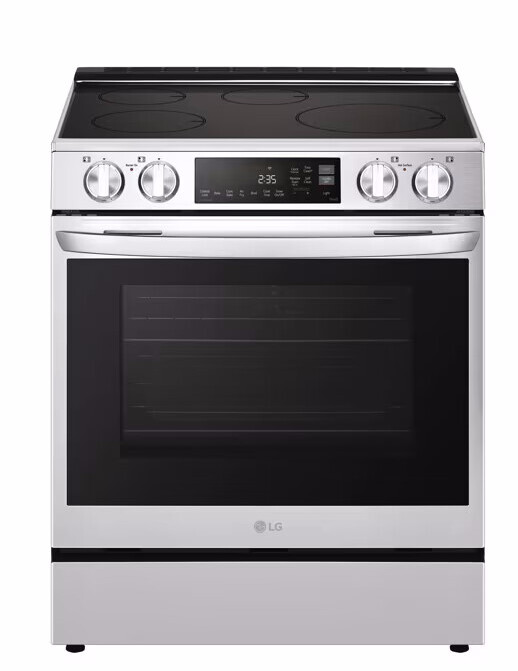
5. Smart Appliances
Eco-friendly smart appliances, such as washing machines, refrigerators, and dishwashers, use advanced settings to minimize energy and water consumption.
- Why It’s Great for the Visually Impaired: These devices often integrate with voice assistants, providing audible alerts and hands-free control.
- Energy-Saving Tip: Run appliances during off-peak energy hours and select energy-saving modes when available.
Automation for Seamless Energy Savings
Voice-Controlled Systems
Smart home ecosystems like Amazon Alexa, Google Assistant, or Apple HomeKit let you manage multiple devices with voice commands. For example, you can say, “Turn off all lights,” before heading to bed.
Energy-Saving Routines
Set up automated routines for energy efficiency. For instance:
- Morning routines can turn off unnecessary lights and lower the thermostat.
- Nighttime routines can adjust blinds and ensure all appliances are powered down.
Geofencing Features
Some smart systems use your phone’s location to automate actions. For instance, lights and HVAC systems can turn off when you leave home and turn back on when you return, saving energy effortlessly.
Overcoming Challenges
While eco-friendly smart home solutions offer incredible benefits, there are a few challenges:
- Cost: Initial investments in smart devices can be high, but energy savings over time make it worthwhile. Consider starting small and expanding as your budget allows.
- Setup and Learning Curve: Configuring smart systems might require sighted assistance at first, but many devices are designed to be accessible and intuitive.
My Takeaway
Eco-friendly smart home technology has made my life more manageable, independent, and sustainable. By automating tasks and reducing energy consumption, I can focus on enjoying my home without worrying about environmental impact or utility bills.
If you’re a visually impaired homeowner looking to create an accessible and energy-efficient space, start with a few key devices like a smart thermostat or voice-controlled lighting. Over time, you can build a smart home ecosystem that works for you and the planet.
Small changes can make a big difference—not just in saving energy but in transforming your daily life.
